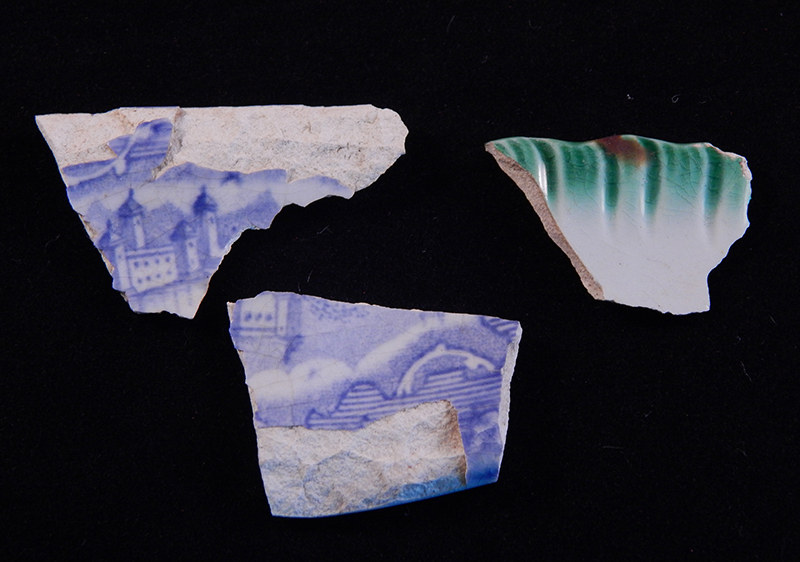Water (Green) Battery
SIGNIFICANCE:

Sketched by French engineer Colonel Louis de la Radiere in his original plan for the fortifications at West Point, and subsequently constructed by engineer Colonel Kosciuszko, the water batteries on the western shore of the Hudson River at West Point were strategically located. Three 18-pounder cannons located within them could deliver plunging cannon fire at British ships attempting to approach the Great Chain or at troops if they attempted to land to the south. La Radiere sited his third water battery (to be Green or Water Battery) in the best available position near the fort – the top of the cliff that rises out of the water on today’s beacon Duck Island. Located half-way to the level of the Plain, this battery covered most of the approach from the south, as well as the bend itself. Its fire would be plunging, because there was no place at water level below the eastern face of Fort Arnold for a battery to obtain ricochet fire. This terrain would allow a water-level battery farther to the south where a landing site was already in use, but this was some distance from the camp proper.
According to Mead’s “Archaeological Survey of Fort Putnam, “Green Battery housed an 18-pounder and a 12-pounder facing east with an epaulment (wall) at each end. According to Mead, “The parapet, estimated from 3.5 to 4 feet thick, consisted of glacial gravel supported by timber and fascines on top of a stone scarp.” A parapet of the original fortification still exists today and can be stabilized and preserved.

Some scholars believe that this water battery, often referred to as “Green Battery,” was named after General Nathanael Greene, one of General Washington’s most highly regarded officers of the American Revolution. Soon after Benedict Arnold’s treason at West Point, General Greene requested command at West Point, arriving there on October 9, 1780. His first act was to rename Fort Arnold to Fort Clinton, after James Clinton who built the great fort. His command was short-lived, however, as General Washington assigned him the command to clean up the fiasco at Camden in the Southern Campaign.
